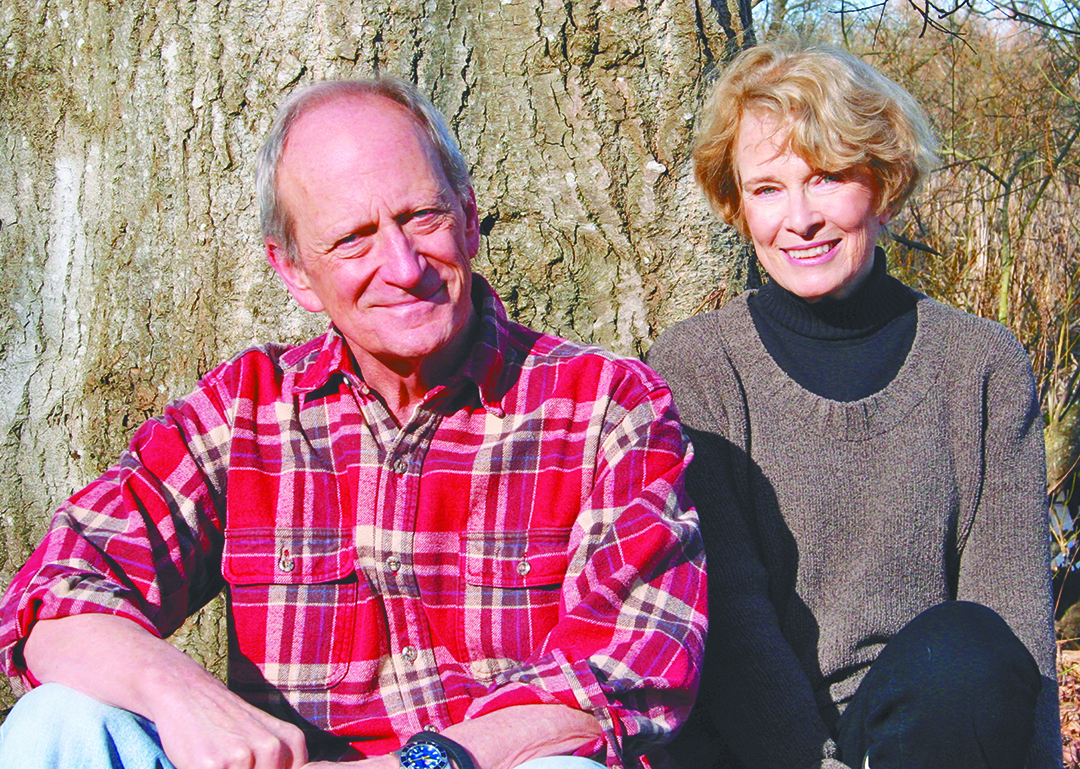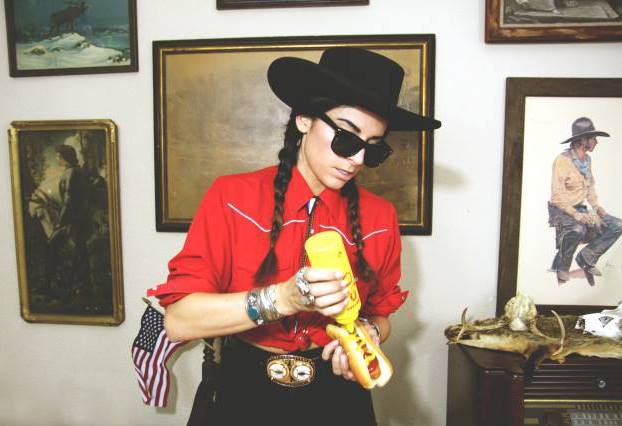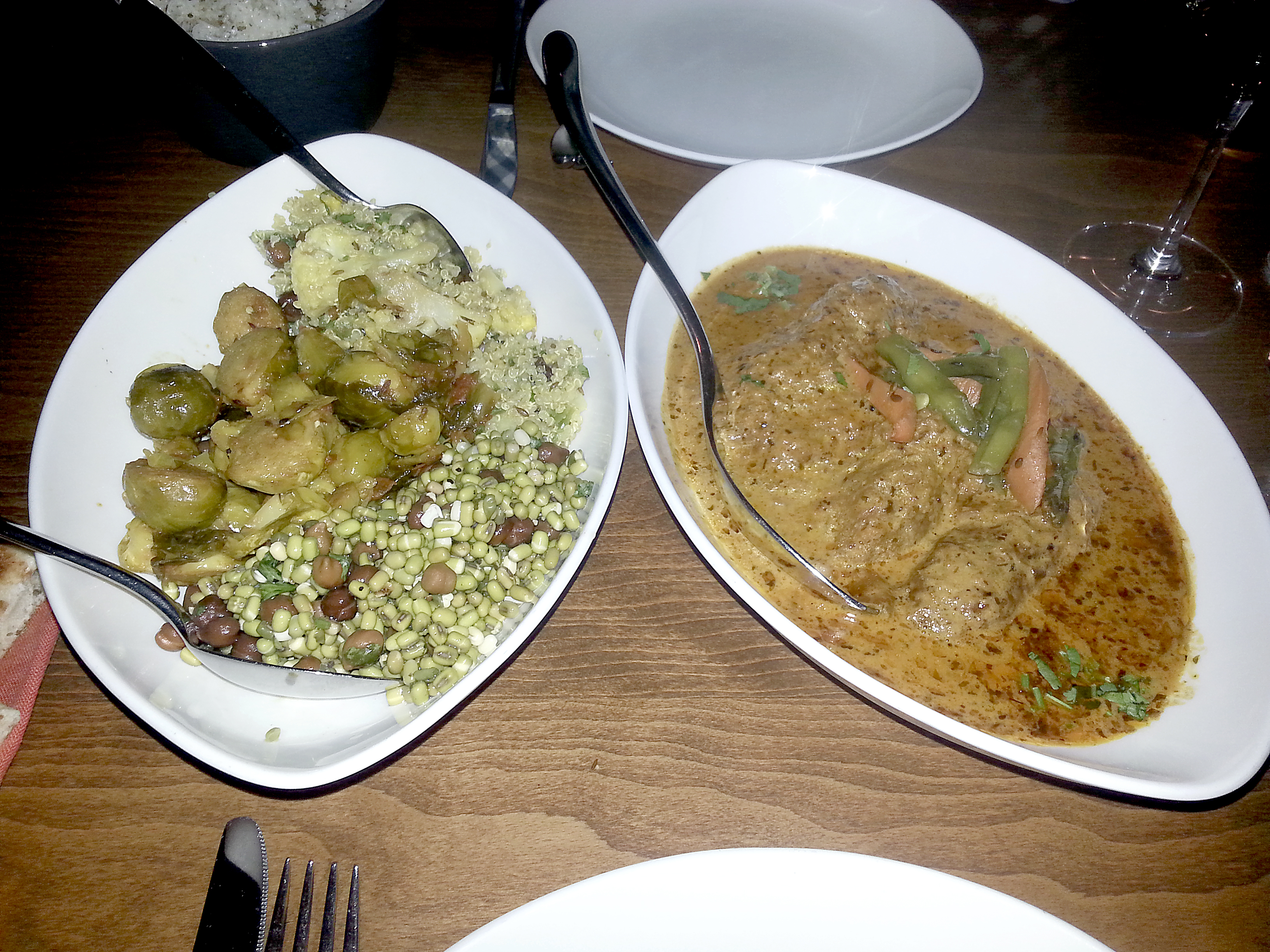Though such an iconic feature of the American landscape, cows are more than just a symbol of rural life, say Denis and Gail Boyer Hayes, co-authors of Cowed: The Hidden Impact of 93 Million Cows on America’s Health, Economy, Politics, Culture, and Environment (Norton, $27.95). In their exhaustive and thorough account, to be published in March, the writers examine the many ways our lives and those of cows—animals Gail calls the “second most important mammal in the United States”—are bound together, for better or worse.
The couple’s findings are bolstered by their combined experience and credibility—both are longtime advocates for ecological stewardship and sustainability. Denis is CEO of the Bullitt Foundation and coordinator of the first Earth Day. Gail, an environmental lawyer and writer, says of their six-year undertaking, “It was a big decision at this stage in our lives—we’re both past 70—to spend so much time on a book.”
Why cows, why now? Sitting down for coffee recently at Caffe Migliore with her husband, Gail explains that the mammal is an ideal prism for viewing everything from agricultural practices to the obesity epidemic. “I think that most people in the United States know that cows aren’t treated well, but they don’t want to think about it. You’re hungry, and there’s that wonderful hamburger with all the works,” she says. “What we didn’t know was how many cows there were in the United States, what a huge amount of natural resources they demand, [and that] we are using the best farmland in the world . . . to grow food for cows. When you put everything together, we thought, ‘Wow. This is a big story that hasn’t been told.’ ”
The numbers are certainly big. Cowed relates that it takes 840 gallons of water to create one pound of grain-fed beef. The Ogallala Aquifer, running from South Dakota to Texas, has been so depleted that it may run out of usable water by 2020, according to geologists cited in the book. And those industrial cattle operations using the aquifer also pollute it with associated wastes, pesticides, and fertilizers.
Closer to home, Denis cites the recent Cow Palace decision in Yakima, where a federal judge ruled—possibly setting a precedent—that one of Yakima Valley’s largest dairies posed “imminent and substantial endangerment” to the public by polluting groundwater with manure. Gail adds, “We don’t think that factory farms can continue when you keep 10,000 cows or 70,000 cows or whatever in one place. There’s just no way to get rid of the waste.”
Unless and until federal laws are changed, says Denis, it’s up to the consumer to internalize such environmental and macroeconomic concerns. “If you’re motivated by your personal health, eat less beef and leaner beef, even no beef. But if you’re going to eat beef, grass-finished and organic is better on your health.” That’s also better for the cow’s health, he notes, to be “eating grass as opposed to the stuff [like corn] they didn’t evolve to digest.”
The cow’s health is our health, says Denis. “The antibiotics that we feed to cows are to fatten them up. The grain that we feed them is to fatten them up. Fattening up makes them obese; and in the process of making them obese, we are making ourselves obese.”
From that broader public-health argument, Cowed also delves into specifics including food-borne illnesses like e. coli, inhumane slaughterhouse conditions, and USDA regulatory loopholes. The book further provides balanced profiles of modern ranchers and dairy farmers, and the possibility of smaller, sustainable, responsibly run farms. Vegetarians and vegans will champion Cowed, but so will those with ethical concerns about the future of sustainable American agriculture, soon placing it on the same shelf as Eric Schlosser’s Fast Food Nation and Jonathan Safran Foer’s Eating Animals.
gelliott@seattleweekly.com
UNIVERSITY BOOK STORE 4326 University Way N.E., 634-3400, bookstore.washington.edu. Free. 7 p.m. Mon., March 16.








